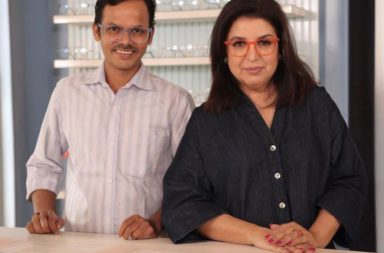From visionary beginnings to unexpected conclusion, the journey of Apple’s foray into the automotive industry has been nothing short of a rollercoaster ride. As Apple closes its much-awaited Electric Vehicle (EV) chapter, 10 years after its announcement, let’s delve into the major milestones and challenges that defined the evolution of the Apple Car project, Titan.
2008 – Spark of Inspiration
In a testament to Apple’s forward-thinking culture, discussions about a potential self-driving Apple Car date back to 2008, with Steve Jobs and former senior VP Tony Fadell engaging in speculative conversations about their dream vehicle. These dialogues reflected Apple’s penchant for innovation and its readiness to explore new frontiers beyond the realm of consumer electronics.

2014 – Secret Project “Titan” Announced
Fast forward to 2014, and Apple officially kick-started its clandestine project codenamed “Titan,” aimed at developing an electric vehicle. Despite initial uncertainty about the project’s feasibility, Apple dedicated substantial resources, with hundreds of employees tasked with bringing the vision to life.
2016 – Restructuring and Focus Shift
However, the project encountered its first significant hurdle in 2016 when Apple opted to restructure “Titan” into two tracks. The primary focus shifted towards developing self-driving car software under the leadership of industry expert Dan Dodge, while the secondary track concentrated on vehicle manufacturing.
Also Read: Gaurav Kapoor Cracks Up The Internet With His Unhealthy Cravings Reels
2017 – Public Acknowledgment by Tim Cook
Apple’s CEO Tim Cook broke his silence on the company’s automotive endeavours in 2017, hinting at its involvement in autonomous systems. While details remained scarce, Cook’s acknowledgement underscored Apple’s ambition to disrupt the auto industry with cutting-edge technology.

2019 – Acquisition of Drive.ai
In a strategic move to bolster its expertise in autonomous driving technology, Apple acquired struggling startup Drive.ai in 2019. This acquisition injected fresh talent and innovation into the Project Titan team.
2020 – Targeting a 2024 Launch
By 2020, Apple set its sights on a potential 2024 launch for the Apple Car, boasting breakthrough battery technology that promised enhanced performance and affordability. The company explored partnerships with established automakers like Hyundai’s Kia, aiming to leverage their manufacturing capabilities.
2022 – Scaling Back Autonomous Plans
Despite initial optimism, Apple faced setbacks in 2022, scaling back its plans for a fully autonomous vehicle due to technological constraints. The revised strategy focused on developing a Tesla-like self-driving system, acknowledging the limitations of current technology.
2024 – The End of the Road
After years of anticipation and speculation, Apple stunned the industry by announcing the termination of Project Titan in February 2024. The decision to shutter the ambitious car project marked the end of a decade-long journey filled with innovation, challenges, and ultimately, unfulfilled potential.
Shifting Focus to AI
As the curtain falls on the Apple Car project, Apple redirects its team’s efforts towards advancing generative AI within the company. This strategic pivot reflects Apple’s commitment to exploring new frontiers and pushing the boundaries of innovation beyond traditional product lines.

While the demise of the Apple Car project may disappoint enthusiasts and investors alike, it underscores the inherent complexities and challenges of venturing into the automotive industry. Nevertheless, Apple’s relentless pursuit of innovation remains undeterred, as it sets its sights on shaping the future of technology through AI and other emerging domains. As one chapter closes, another unfolds, promising new opportunities and possibilities on the horizon.


